ISAD Open WHO course in AD on black skin
Speaker

Alain Taieb
France
Alain Taïeb is professor emeritus of Dermatology at Bordeaux University. He established theNational Reference Centre for Rare Skin Disorders in 2005. He was until 2019 Director of INSERM 1035 research lab “Biotherapy of genetic diseases, inflammatory disorders and cancer” (BMGIC). He set up the European Task Force on Atopic Dermatitis in 1990, and the Vitiligo European Task Force in 2003, which are the current official ad hoc tasks forces of the EADV. He has authored more than 700 articles in peer-reviewed journals and more than 60 chapters in multiauthored books. In addition, he published “History of Atopic Dermatitis” with Dr Wallach and Tilles, in 2004, and two textbooks “Neonatal Dermatology” with Drs Enjolras, Wallach and Vabres (2009) and “Vitiligo” with Dr Picardo (2010- second edition 2019). His major topics of interest are pediatric dermatology, genodermatoses, atopic dermatitis, vitiligo and pigment cell disorders. He has received several awards and distinctions from the Society for Pediatric Dermatology, the European Society of Pediatric Dermatology, the International League of Dermatological Societies, the American Skin Association, and the European Society for Pigment Cell Research. H factor 68 (WoS). Dr Taïeb is currently President of the International Society of Atopic Dermatitis (ISAD).
Source event
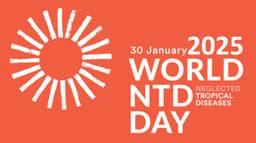
World NTD Day | Nepal 2025
Dear Colleagues, Peers & Partners,
We are delighted to welcome you to the World NTD Day 2025, a medical education event on neglected tropical diseases taking place online on January 30th, 2025.
Celebrated under the auspices of the Rare Skin Disease Nepal and esteemed Dermatological Societies from around the globe, this event is organized by Nepal and hosted on global-dermatology.com.
“Recognizing and Treating Neglected Tropical Diseases” underscores the critical importance of awareness, diagnosis, and effective management of NTDs. These diseases, often overlooked and under-resourced, have profound impacts on millions of lives, particularly in the world’s most vulnerable communities.
World NTD Day 2025 aims to bring together leading experts, healthcare professionals, researchers, and advocates to share the latest advancements, strategies, and collaborative efforts in the fight against these debilitating conditions.
Through comprehensive presentations, interactive workshops, and in-depth discussions, participants will gain invaluable insights into the innovative approaches and treatments that are making a difference in the field of dermatology.
Join us to World NTD Day 2025 – a day dedicated to learning, collaboration, and hope. Together, we can drive progress and ensure that no one is left behind in the pursuit of health and well-being.
Warm regards,
Dr Prajwal Pudasaini
RSDN Member
World NTD Day 2025 | Nepal Organizing Committee
Celebrated under the auspice of:
- Rare Skin Disease Nepal
- Global Dermatology
Organizing Committee:
- Dr Prajwal Pudasaini (Civil Service Hospital of Nepal)
- Dr Niraj Parajuli (National Academy of Medical Sciences)
- Dr Sushil Paudel (Civil Service Hospital of Nepal)
- Dr Sagar GC (Civil Service Hospital of Nepal)
- Prof. Dr. Saraswoti Neupane Sharma (Gandaki Medical College and Teaching Hospital)
- Dr Suwash Baral (Anandaban Hospital, The Leprosy Mission Nepal)
- Dr Sunil Jaiswal (College of Medical Sciences, Nepal)
- Dr Sadiksha Adhikari (Gandaki Medical College and Teaching Hospital)
- Dr Prashanta Pudasaini (Kathmandu Medical College and Teaching Hospital)
- Dr Rushma Shrestha (National Academy of Medical Sciences)
- Dr Rabindra Baskota
- Dr Roushan Jahan
- Dr Smita Joshi
- Dr Yogesh Poudyal
Scientific Committee
- Prof Henry Lim (USA)
- Prof Jorge Ocampo-Candiani (MEXICO)
- Prof Jean Bolognia (USA)
- Dr Smith, Dallas (USA)
- Prof Nellie Konnikov (USA)
- Prof Nejib Doss (ALGERIA)
- Prof Mohammad Jafferany (USA)
- Prof Antonio Torello (SPAIN)
- Prof Archana Singal (INDIA)
- Prof Mahesh Shah (NEPAL)
- Dr Charles Young (UK)
- Prof Milos Nikolic (SERBIA)
- Prof Ibrahima Traore (GUINEA):
- Prof Abdul Ghani Kibbi- (LEBANON)
- Dr Matilde Lorizzo (SWITZERLAND)
- Prof Joanna Narbutt (POLAND)
- Dr Ruri Pamela (INDONESIA)
- Dr Patrick Huang (TAIWAN)
- Prof Asmahanne Suissi (TUNISIA)
- Dr Antonella Tosti (ITALY)
- Prof Hassan Galadari (DUBAI)
Description
Atopic dermatitis (AD) is a prevalent skin condition in Sub-Saharan Africa, often complicated by secondary infections such as pyoderma. The International Society of Atopic Dermatitis, in collaboration with the World Health Organization (WHO), aims to enhance capacity training for healthcare workers in managing this condition, particularly in regions with tropical skin diseases. The initiative includes the development of educational resources tailored to primary care providers, featuring high-quality images and simplified content. Key challenges in diagnosing AD in this context include distinguishing it from other skin conditions and recognizing the unique presentations of the disease in Black skin. Common issues such as hyperpigmentation and misdiagnosis due to overlapping symptoms with conditions like scabies are highlighted. The course developed under this initiative emphasizes the importance of accurate diagnosis, appropriate treatment modalities, and awareness of potential complications, including bacterial co-infections. The course, recently released on the WHO platform, has seen substantial engagement, with over 2000 enrollments shortly after launch. It is available in multiple languages, including English, French, and Spanish, with plans for Portuguese. The initiative underscores the need for culturally relevant training to improve care for atopic dermatitis in diverse populations and invites participation in upcoming meetings of the International Society of Atopic Dermatitis.
Similar videos
Source event Program
Neglected Tropical Skin Diseases

ILDS and Global Dermatology
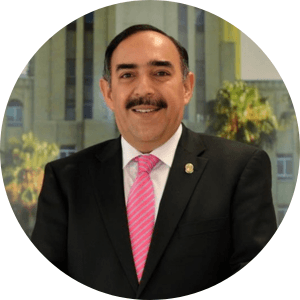
Deep Mycosis in Migrating Populations
Jorge Ocampo-Candiani MD, PhD, IFAAD

A Global Overview of the Epidemiology and Public Health Challenges of Fungal Neglected Tropical Diseases
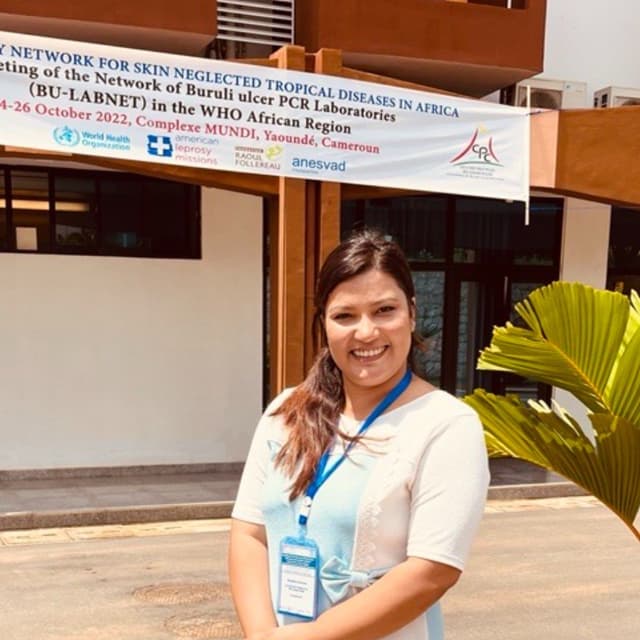
Epidemiological, policy, and technical aspects of NTDs
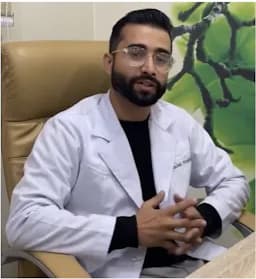
Sporotrichosis in Nepal and the evolving treatment trend
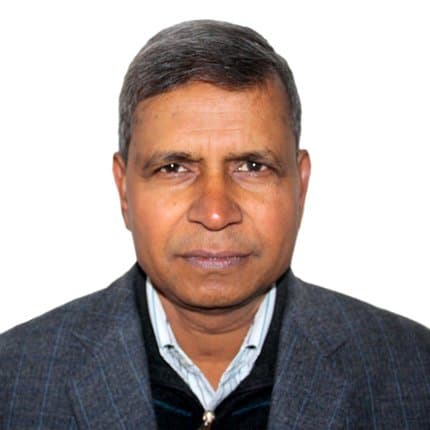
An overview of leprosy care in Nepal: A lifelong experience from leprosy center in Nepal
.jpg&w=640&q=75)
Clinical Conundrums in Leprosy
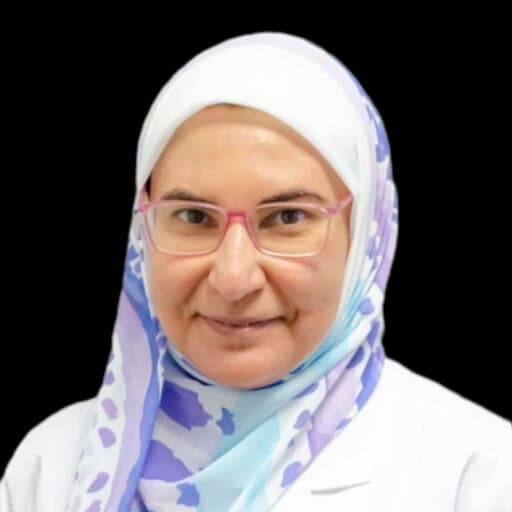
Scabies disease burden and unmet needs

Overview of published articles on NTDs in Skin Health and Disease journal
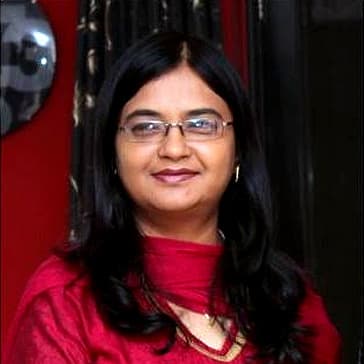
Mycobacterial infections in children
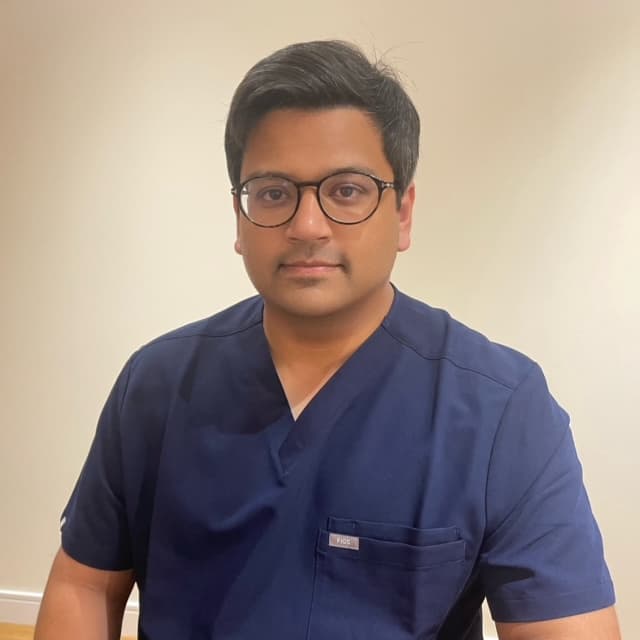
AI & Skin NTDs: Use Case Potential & Pitfalls
Faisal Dubash MBBS, MRCP (UK), MSc

Interesting Leprosy cases and Clinical mimickers of Leprosy: How dermatopathology clinched The Diagnosis
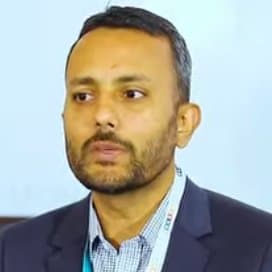
Post Kalazar Dermal Leishmaniasis in Nepal
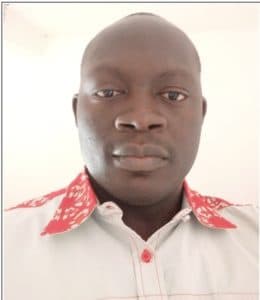
Implementation and assessment of the WHO SkinNTDs app in Cameroon
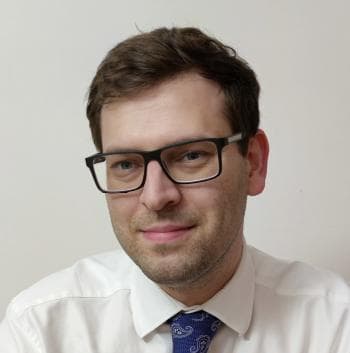
Dermatoscopy of Neglected Tropical Diseases

Understanding Chronic Itch in Neglected Diseases

Larva Migrans

Beyond The list: Unrecognized NTDs in India
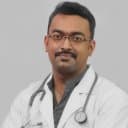
Lepra Reactions
Kinnor Das MBBS, MD
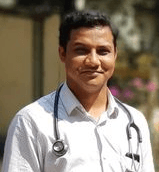
Management Challenges of Scabies in Bangladesh

Cynidae Pigmentation in a 21-Year-Old Patient During Monsoon Season: A Case Report and Review of Literature.

Scabies
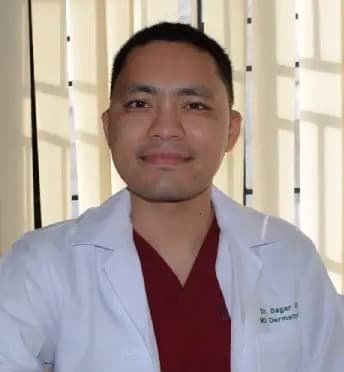
Diagnosing Cutaneous Leishmaniasis (CL) in resource poor setting in Nepal
Miscellaneous Skin Diseases
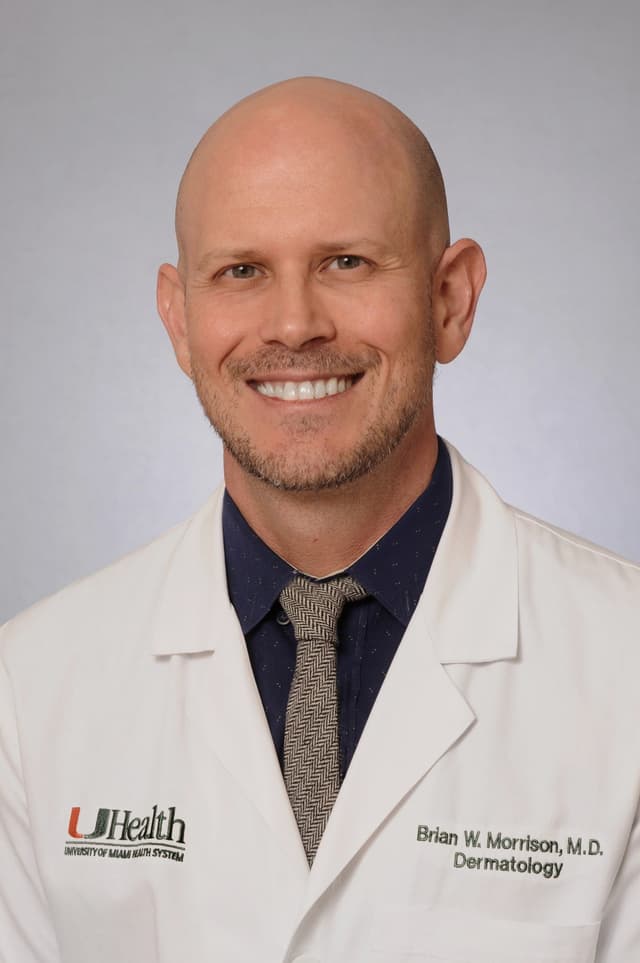
Skin cancer in a cohort of patients with oculocutaneous albinism in Haiti
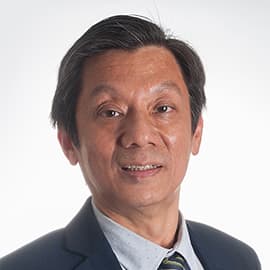
How to manage PIH in Asian Skin
Interesting Cases in Vulval Dermatology.

The new mexican gene in Trichothiodystrophy.

Dermoscopy in STDs

ISAD Open WHO course in AD on black skin
Might interest you
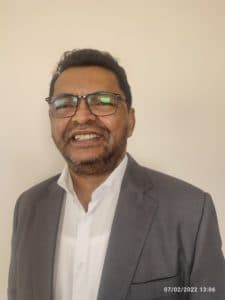
Cutaneous Medicine: Multidisciplinary Approaches in Dermatology
Chair: Prof. Fahafahantsoa Rapelanoro Rabenja,
This course explores the intersection of dermatology with other medical specialties, emphasizing a collaborative approach to diagnosing and managing complex skin disorders. It covers a wide range of topics, including dermatopathology, rheumatology, oncology, and infectious diseases, highlighting how systemic conditions manifest cutaneously. With contributions from experts in various fields, the text provides comprehensive insights into multidisciplinary care, advanced diagnostic techniques, and innovative treatments. Ideal for dermatologists, internists, and specialists, it bridges gaps between disciplines to improve patient outcomes in cutaneous medicine.

Pigmentation
Chair: Dr Seemal Desai, MD, FAAD
Hyperpigmentation is excess skin color from melanin. Understand melanin synthesis mechanisms and main causes.

Neglected Tropical Skin Diseases
Chair: Dr. Prajwal Pudasaini, MD
Neglected tropical skin diseases affect poor populations in tropical areas. They include leprosy, mycetoma, and cutaneous leishmaniasis, causing disability and stigma. They receive little attention and resources, leading to poor diagnosis and treatment. Increased awareness and improved healthcare access are needed to help affected communities.
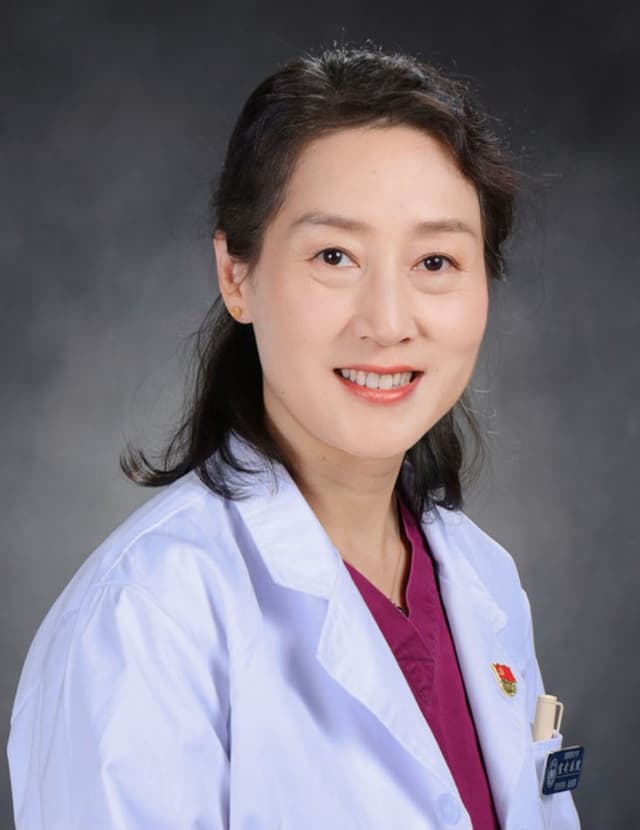
Acne Treatment in China
Chair: Prof. Haiping Zhang, PhD
Acne treatment in China combines traditional methods with modern practices.

Cyspera Medical Education
Chair: Global Dermatology,
Cyspera® is a topical pigment-correcting treatment formulated with cysteamine, a naturally occurring compound that reduces the appearance of persistent hyperpigmentation, including melasma, post-inflammatory hyperpigmentation, and lentigines. It is known for being non-hydroquinone, suitable for long-term use, and effective on all skin types.

Topographic Dermoscopy
Chair: Prof. Awatef Kelati, MD
Topographic dermoscopy refers to the region-specific application of dermoscopic examination, emphasizing the unique morphological patterns found across different anatomical sites. On facial skin, the dermoscopic assessment requires recognizing patterns influenced by the high density of pilosebaceous units and sun-induced changes, often presenting pseudonetworks and annular-granular structures. The ear, with its thin skin and sebaceous gland concentration, reveals specific vascular and follicular clues important in distinguishing benign from malignant lesions.
On the chest and back, where the skin is thicker and sun exposure varies, dermoscopy must account for irregular pigment distribution and architectural disorder, especially in large nevi or early melanomas. Limb lesions may show distinctive features due to mechanical friction, hair density, and vascular variations, demanding precise interpretation to identify atypical nevi or skin cancers.
Palmar and plantar dermoscopy highlights the parallel ridge pattern critical for melanoma diagnosis, contrasting with benign acral patterns like the parallel furrow or lattice-like structures. Scalp and hair disorders benefit from trichoscopy, where dermoscopic evaluation reveals specific signs such as yellow dots, broken hairs, or black dots, aiding in the diagnosis of alopecia areata, androgenetic alopecia, or tinea capitis.
In nail disorders, onychoscopy enables visualization of melanonychia, hemorrhages, and nail matrix changes, crucial for distinguishing subungual melanoma from benign causes like trauma or fungal infection. Mucosal dermoscopy, though technically challenging, provides diagnostic clues in pigmented lesions of the lips, genitalia, or oral mucosa, requiring adaptation to moist, non-keratinized surfaces.
Finally, ultraviolet dermoscopy reveals a unique application: scabies mites fluorescing bright green under UV light, enhancing detection when traditional visualization fails. Topographic dermoscopy thus demands both anatomical knowledge and technical adaptation to maximize diagnostic accuracy across diverse body sites.
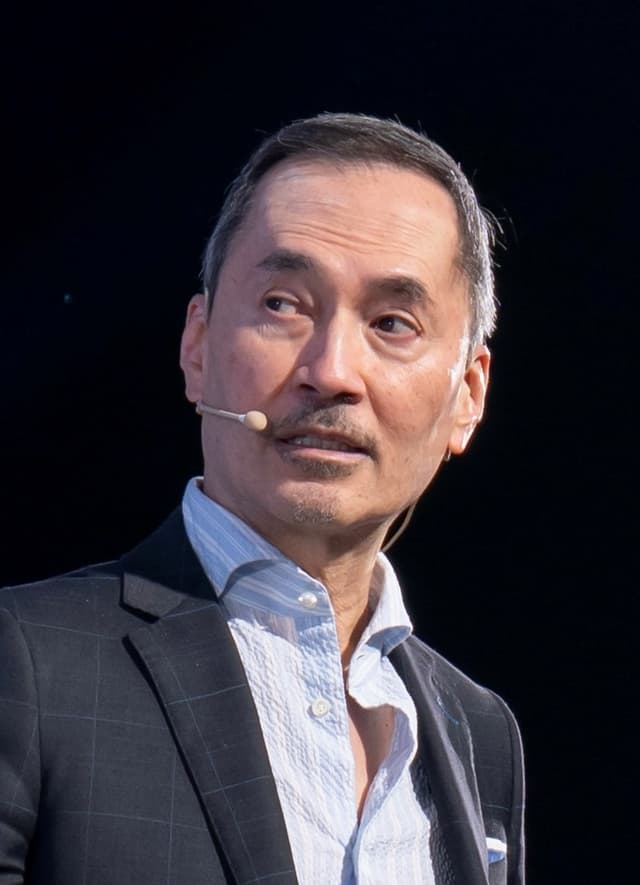
ACNE
Chair: Dr. Jerry Tan, MD
The ACNE | Education Series, led by Dr. Jerry Tan, is a comprehensive global medical education initiative designed to enhance the understanding and skills of dermatologists and healthcare practitioners regarding acne. Participants will gain insights from leading international experts on the latest advancements in acne research, innovative treatment options, and patient-centered care approaches. The event features interactive discussions, live Q&A sessions, and evidence-based strategies, all at no cost. The esteemed faculty includes specialists from the USA, Italy, France, the UK, Singapore, Greece, Australia, Canada, and Germany. This is a valuable opportunity to improve clinical competencies and stay updated on current acne management practices.
Attendees will acquire up-to-date knowledge on acne pathophysiology, new therapeutic options, and patient-oriented management strategies to optimize clinical outcomes in acne treatment. The session will also provide practical insights through expert-led discussions and evidence-based approaches.
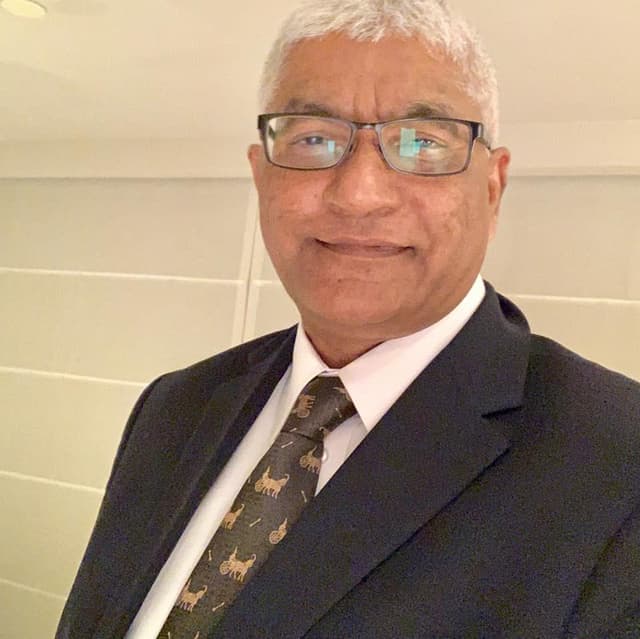
Psychodermatology
Chair: Prof Mohammad Jafferany, MD
This specialized course explores the vital intersection between dermatology and mental health, equipping clinicians with the knowledge and tools to manage psychodermatological conditions effectively. Through a blend of theoretical knowledge and practical application, participants will learn to diagnose and treat dermatological delusional disorders, identify psychiatric comorbidities in skin disease patients, and implement mental health strategies for chronic dermatoses. The curriculum also examines psychological factors in cosmetic dermatology and provides cutting-edge screening techniques for body dysmorphic disorder, including modern digital manifestations like Zoom dysmorphia. Adopting a patient-centered approach, the course emphasizes multidisciplinary management of conditions where psychological and dermatological factors interact. Participants will gain expertise in recognizing psychiatric components of skin diseases, addressing the emotional
burden of chronic conditions, and applying ethical principles in cosmetic practice. The training combines expert instruction with case-based learning to bridge theory and clinical practice. Designed for dermatologists, psychiatrists, psychologists, and primary care providers, this program enhances clinicians' ability to deliver holistic care that addresses both the visible and invisible aspects of skin disorders. Upon completion, practitioners will be better prepared to manage complex psychodermatological cases while improving patient outcomes through integrated mind-skin healthcare.

Dermoscopy
Chair: Prof Awatef Kelati, MD
This comprehensive dermoscopy course provides dermatologists and healthcare professionals with essential skills in skin lesion evaluation, covering fundamental principles through advanced diagnostic applications across five key areas: global dermoscopy practices, pigmented lesion analysis (including differentiation of benign and malignant patterns), specialized techniques for skin of color, skin cancer detection (melanoma and non-melanoma), and general dermatological conditions (inflammatory, infectious, and hair/nail disorders). Participants will develop proficiency in recognizing diagnostic patterns, adapting techniques for diverse skin types, and applying dermoscopic algorithms, ultimately enhancing their clinical accuracy through a combination of theoretical knowledge and practical case-based learning. The course emphasizes real-world application, addressing both common and challenging scenarios in dermatological practice.
